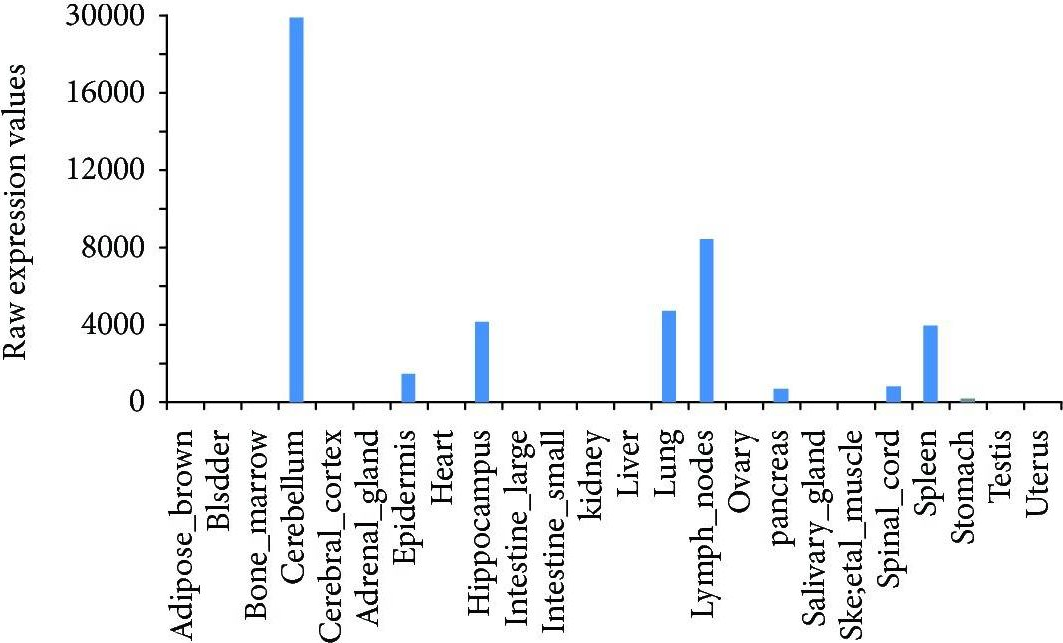Mycobacterium infection gives rise to granulomas predominantly composed of inflammatory M1-like macrophages, with bacteria-permissive M2 macrophages also detected in deep granulomas. Our histological analysis of Mycobacterium bovis bacillus Calmette-Guerin-elicited granulomas in guinea pigs revealed that S100A9-expressing neutrophils bordered a unique M2 niche within the inner circle of concentrically multilayered granulomas. We evaluated the effect of S100A9 on macrophage M2 polarization based on guinea pig studies. S100A9-deficient mouse neutrophils abrogated M2 polarization, which was critically dependent on COX-2 signaling in neutrophils. Mechanistic evidence suggested that nuclear S100A9 interacts with C/EBPβ, which cooperatively activates the Cox-2 promoter and amplifies prostaglandin E2 production, followed by M2 polarization in proximal macrophages. Because the M2 populations in guinea pig granulomas were abolished via treatment with celecoxib, a selective COX-2 inhibitor, we propose the S100A9/Cox-2 axis as a major pathway driving M2 niche formation in granulomas.
© 2023 The Author(s).
Product Citations: 7
Neutrophil S100A9 supports M2 macrophage niche formation in granulomas.
In IScience on 17 March 2023 by Mizutani, T., Ano, T., et al.
-
Mus musculus (House mouse)
-
Immunology and Microbiology
In IScience on 20 May 2022 by Enriquez, A. B., Sia, J. K., et al.
Early Th17 responses are necessary to provide protection against Mycobacterium tuberculosis (Mtb). Mtb impedes Th17 polarization by restricting CD40 co-stimulatory pathway on dendritic cells (DCs). We previously demonstrated that engaging CD40 on DCs increased Th17 responses. However, the molecular mechanisms that contributed to Th17 polarization were unknown. Here, we identify the Notch ligand DLL4 as necessary for Th17 polarization and demonstrate that Mtb limits DLL4 on DCs to prevent optimal Th17 responses. Although Mtb infection induced only low levels of DLL4, engaging CD40 on DCs increased DLL4 expression. Antibody blockade of DLL4 on DCs reduced Th17 polarization in vitro and in vivo. In addition, we show that the Mtb Hip1 protease attenuates DLL4 expression on lung DCs by impeding CD40 signaling. Overall, our results demonstrate that Mtb impedes CD40-dependent DLL4 expression to restrict Th17 responses and identify the CD40-DLL4 pathways as targets for developing new Th17-inducing vaccines and adjuvants for tuberculosis.
© 2022 The Author(s).
-
ELISA
-
Mus musculus (House mouse)
-
Immunology and Microbiology
In Frontiers in Oncology on 22 June 2021 by Meng, L., Tang, Q., et al.
Multiple myeloma (MM) is a lethal hematological malignancy characterized by abundant myeloid cells in the microenvironment that fuel tumor progression. But the mechanism by which myeloid cells support myeloma cells has not been fully explored. We aimed to examine their effect on bone marrow cells of MM patients by scRNA-seq transcriptome analysis and reveal a high-resolution gene profile of myeloma cells and myeloma-associated myeloid cells. Based on correlation analysis of integrated scRNA-seq and bulk RNA-seq datasets from patients, we confirmed that myeloid-derived S100A9 was involved in TNFSF13B-dependent myeloma cell proliferation and survival. In the animal experiments, S100A9 was found to be critical for MM cell proliferation and survival via TNFSF13B production by myeloid cells, neutrophils, and macrophages. In-vitro analysis of patient primary myeloma cells further demonstrated that enhanced TNFSF13B signaling triggered the canonical NF-κB pathway to boost tumor cell proliferation. All these results suggest that myeloid-derived S100A9 is required for TNFSF13B/TNFRSF13B-dependent cell-fate specification, which provides fresh insights into MM progression.
Copyright © 2021 Meng, Tang, Zhao, Wang, Wei, Wei, Yin, Luo and Song.
-
FC/FACS
-
Mus musculus (House mouse)
In Cell Reports on 25 May 2021 by Volberding, P. J., Xin, G., et al.
The immune response to a chronic viral infection is uniquely tailored to balance viral control and immunopathology. The role of myeloid cells in shaping the response to chronic viral infection, however, is poorly understood. We perform single-cell RNA sequencing of myeloid cells during acute and chronic lymphocytic choriomeningitis virus (LCMV) infection to address this question. Our analysis identifies a cluster of suppressive neutrophils that is enriched in chronic infection. Furthermore, suppressive neutrophils highly express the gene encoding Proviral integration site for Moloney murine leukemia virus-1 (PIM1), a kinase known to promote mitochondrial fitness and cell survival. Pharmacological inhibition of PIM1 selectively diminishes suppressive neutrophil-mediated immunosuppression without affecting the function of monocytic myeloid-derived suppressor cells (M-MDSCs). Decreased accumulation of suppressive neutrophils leads to increased CD8 T cell function and viral control. Mechanistically, PIM kinase activity is required for maintaining fused mitochondrial networks in suppressive neutrophils, but not in M-MDSCs, and loss of PIM kinase function causes increased suppressive neutrophil apoptosis.
Copyright © 2021 The Author(s). Published by Elsevier Inc. All rights reserved.
-
Mus musculus (House mouse)
-
Biochemistry and Molecular biology
-
Cell Biology
-
Immunology and Microbiology
In Cell Reports on 29 December 2020 by Kwak, T., Wang, F., et al.
Here, we report that functional heterogeneity of macrophages in cancer could be determined by the nature of their precursors: monocytes (Mons) and monocytic myeloid-derived suppressor cells (M-MDSCs). Macrophages that are differentiated from M-MDSCs, but not from Mons, are immune suppressive, with a genomic profile matching that of M-MDSCs. Immune-suppressive activity of M-MDSC-derived macrophages is dependent on the persistent expression of S100A9 protein in these cells. S100A9 also promotes M2 polarization of macrophages. Tissue-resident- and Mon-derived macrophages lack expression of this protein. S100A9-dependent immune-suppressive activity of macrophages involves transcription factor C/EBPβ. The presence of S100A9-positive macrophages in tumor tissues is associated with shorter survival in patients with head and neck cancer and poor response to PD-1 antibody treatment in patients with metastatic melanoma. Thus, this study reveals the pathway of the development of immune-suppressive macrophages and suggests an approach to their selective targeting.
Copyright © 2020 The Author(s). Published by Elsevier Inc. All rights reserved.
-
Cancer Research
-
Immunology and Microbiology
In J Immunol Res on 25 March 2019 by Zhao, Z., Luo, Z., et al.
Fig.3.B

-
FC/FACS
-
Mus musculus (House mouse)
Collected and cropped from Journal of Immunology Research by CiteAb, provided under a CC-BY license
Image 1 of 1
